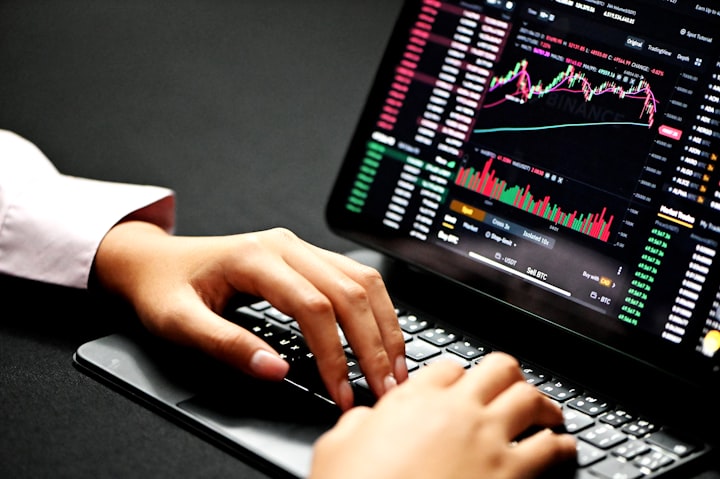Supply and Demand Indicator
What is that?

The supply and demand indicator is a tool used in technical analysis to identify the balance between the forces of supply and demand in a particular market, such as stocks, commodities or currency. This tool helps traders determine the direction of price movement by showing where the most buying and selling activity is taking place.
To get access to the Supply and Demand Indicator click here

The indicator is represented by horizontal lines that show the price levels where significant amounts of supply and demand exist. When the price moves higher, it is considered to be an indication of demand outpacing supply, while a decrease in price is considered to be a sign of supply outpacing demand.
To get access to the Supply and Demand Indicator click here

In a market where demand exceeds supply, prices are expected to rise, and this is shown on the chart as a demand zone. Conversely, in a market where supply exceeds demand, prices are expected to fall, and this is shown on the chart as a supply zone.
To get access to the Supply and Demand Indicator click here

To use the supply and demand indicator, traders first identify key levels of support and resistance in a particular market. These levels are where the majority of buying and selling activity takes place and are often established over a period of time as price moves up or down. Traders then look for signs of a potential trend reversal at these key levels, such as a price increase or decrease that is accompanied by increased volume.

To get access to the Supply and Demand Indicator click here
Once a potential trend reversal has been identified, traders can then look for confirmation of the reversal by looking for further price action. For example, if a potential reversal has been identified in a demand zone, traders may look for price to break above the demand zone and move higher, indicating a trend change.

To get access to the Supply and Demand Indicator click here
Traders can also use the supply and demand indicator to place trades. For example, they may place a buy order at a demand zone or a sell order at a supply zone, betting that the trend will continue in the direction indicated by the balance of supply and demand.

To get access to the Supply and Demand Indicator click here
The supply and demand indicator is considered to be a useful tool for both short-term and long-term traders, as it provides a quick and easy way to assess the balance between the forces of supply and demand in a particular market. However, it should be noted that the indicator is not a guarantee of future price movement, and traders should always use it in conjunction with other technical and fundamental analysis tools to make informed trading decisions.
To get access to the Supply and Demand Indicator click here

Overall, the supply and demand indicator is a powerful tool for traders who are looking to gain a deeper understanding of the forces that drive price movement in a particular market. By using this indicator in conjunction with other technical and fundamental analysis tools, traders can make more informed trading decisions and potentially increase their profits.
To get access to the Supply and Demand Indicator click here
It's also important to note that the supply and demand indicator is not a standalone tool and should be used in conjunction with other technical indicators and analysis techniques. For example, traders may use it in combination with trend lines, moving averages, or candlestick patterns to provide additional confirmation of potential trends.
To get access to the Supply and Demand Indicator click here

In addition, traders should also consider the fundamental factors that may impact supply and demand, such as economic data releases, company earnings reports, and geopolitical events. These factors can also have a significant impact on the balance of supply and demand and should be taken into account when making trading decisions.
To get access to the Supply and Demand Indicator click here
Furthermore, it's crucial to use the supply and demand indicator in the correct context, as different markets may have different characteristics that affect the balance of supply and demand. For example, in the stock market, supply and demand may be influenced by company-specific news, while in the commodities market, supply and demand may be affected by weather events or changes in demand from key industries.
To get access to the Supply and Demand Indicator click here

Finally, traders should be aware of the limitations of the supply and demand indicator and not rely solely on this tool when making trading decisions. The market is complex and constantly evolving, and no single indicator can accurately predict future price movement. Traders should always use a combination of technical and fundamental analysis techniques to make informed trading decisions.
To get access to the Supply and Demand Indicator click here

In conclusion, the supply and demand indicator is a useful tool for traders who want to gain a better understanding of the balance between supply and demand in a particular market. However, it should be used in conjunction with other analysis techniques, considered in context, and its limitations should be acknowledged. By combining a number of different analysis techniques, traders can gain a more complete picture of the market and make more informed trading decisions.





Comments
There are no comments for this story
Be the first to respond and start the conversation.